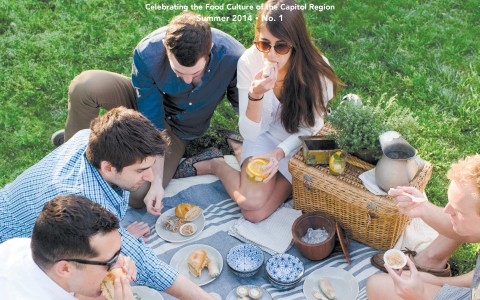October 30, 2012
David White
In addition to my work at Keybridge, I'm the publisher of
Terroirist.com, an award-winning daily wine blog. So when I'm not at the office, I'm immersed in the world of wine -- attending and hosting tastings, reading and writing articles, and browsing other blogs. One of my favorites is
Fermentation, published by wine industry insider
Tom Wark, a veteran wine marketer and publicist.
Last summer, Tom wrote a blog post
detailing how to write an effective press release. While Tom's focus was wine, the lessons are universal. So if you work in PR, it's well worth reading.
The key takeaway? "The one thing that anyone writing, receiving, or reading a press release needs to be able to do is understand what 'news' is and if the press release contains any."
Too often, public relations firms are guilty of sending out press releases devoid of news. When writing a press release, you must have a sense of what 'news' is -- to journalists, not your client -- and if the press release contains any. A good PR professional should be able to take virtually any story and make it newsworthy. All that's required is creativity and media savvy.
Consider a fairly typical assignment for our firm, the release of a new think tank study. Let's think about a few possible headlines:










